



Agata and Jason
The Leave No Trace Center for Outdoor Ethics is an educational, nonprofit organization dedicated to the responsible enjoyment and active stewardship of the outdoors by all people, worldwide.




 If you haven't made it to the Leave No Trace booth at the National Boy Scout Jamboree, we have fun, hands-on activities, free educational materials, and other goodies, so come visit us! Also visit our friends at Tread Lightly! and the entire Outdoor Ethics exhibit.
If you haven't made it to the Leave No Trace booth at the National Boy Scout Jamboree, we have fun, hands-on activities, free educational materials, and other goodies, so come visit us! Also visit our friends at Tread Lightly! and the entire Outdoor Ethics exhibit.
.jpg)
 We are on our way to Breckenridge, CO for the Summit Trail Running Series sponsored by The North Face. The 2010 Summit Trail Running Series consists of 6 trail running races in and around the Breckenridge area. Each race features a short and long course, and all races are open to runners of all ages and abilities. And get this- runners 18 and under race for FREE! We are going to be set up at the South Gondola parking area to educate the runners about Leave No Trace. We are going to have a heavy focus on the importance of traveling on durable surfaces. If you are around Breckenridge today, come on out and say Hi or challenge yourself to join in on the race! If you can't make it tonight, the next race is August 4th! Hope to see you out there...
We are on our way to Breckenridge, CO for the Summit Trail Running Series sponsored by The North Face. The 2010 Summit Trail Running Series consists of 6 trail running races in and around the Breckenridge area. Each race features a short and long course, and all races are open to runners of all ages and abilities. And get this- runners 18 and under race for FREE! We are going to be set up at the South Gondola parking area to educate the runners about Leave No Trace. We are going to have a heavy focus on the importance of traveling on durable surfaces. If you are around Breckenridge today, come on out and say Hi or challenge yourself to join in on the race! If you can't make it tonight, the next race is August 4th! Hope to see you out there...



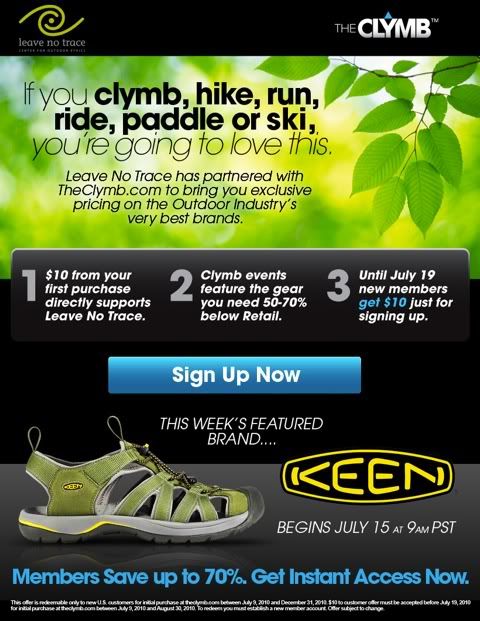
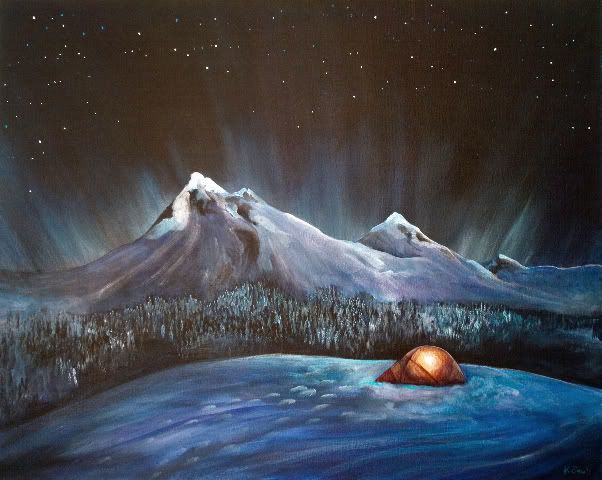 What is your motto? I don't have a motto, but I always strive to communicate my love of the backcountry in my work. In my paintings, I try to balance the look of a favorite place with the feeling of being there. Tents are a focal point in many of my paintings because I want to give the viewer an emotional and symbolic connection to the landscape. As an artist specializing in commissioned paintings, I try to get a sense of the story behind each photograph so I can help people capture the memory of special places.
What is your motto? I don't have a motto, but I always strive to communicate my love of the backcountry in my work. In my paintings, I try to balance the look of a favorite place with the feeling of being there. Tents are a focal point in many of my paintings because I want to give the viewer an emotional and symbolic connection to the landscape. As an artist specializing in commissioned paintings, I try to get a sense of the story behind each photograph so I can help people capture the memory of special places.
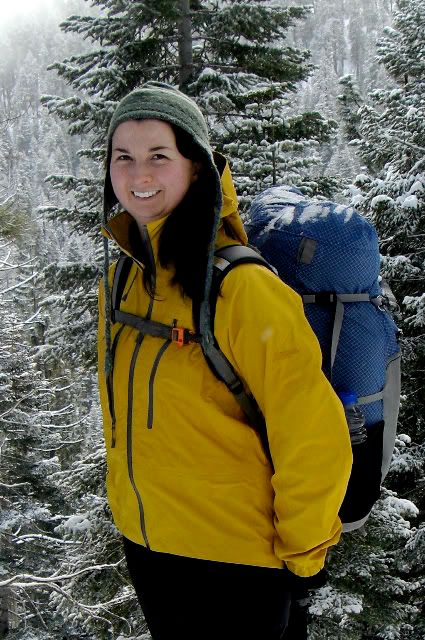 hy does your company partner with Leave No Trace? (Why we love you.) It is a privilege to work with Leave No Trace, since I have long supported their approach to wilderness preservation through access and education. I donate 10% of profits from my card sales to Leave No Trace. I hope that my paintings can inspire people to visit the backcountry and have the experiences that have taught my me why Leave No Trace ethics are so important. Having grown up camping, my husband and I are glad to say that trails are cleaner now than we remember as kids. We believe that Leave No Trace is responsible for this improvement and we want to do our part to help.
hy does your company partner with Leave No Trace? (Why we love you.) It is a privilege to work with Leave No Trace, since I have long supported their approach to wilderness preservation through access and education. I donate 10% of profits from my card sales to Leave No Trace. I hope that my paintings can inspire people to visit the backcountry and have the experiences that have taught my me why Leave No Trace ethics are so important. Having grown up camping, my husband and I are glad to say that trails are cleaner now than we remember as kids. We believe that Leave No Trace is responsible for this improvement and we want to do our part to help.
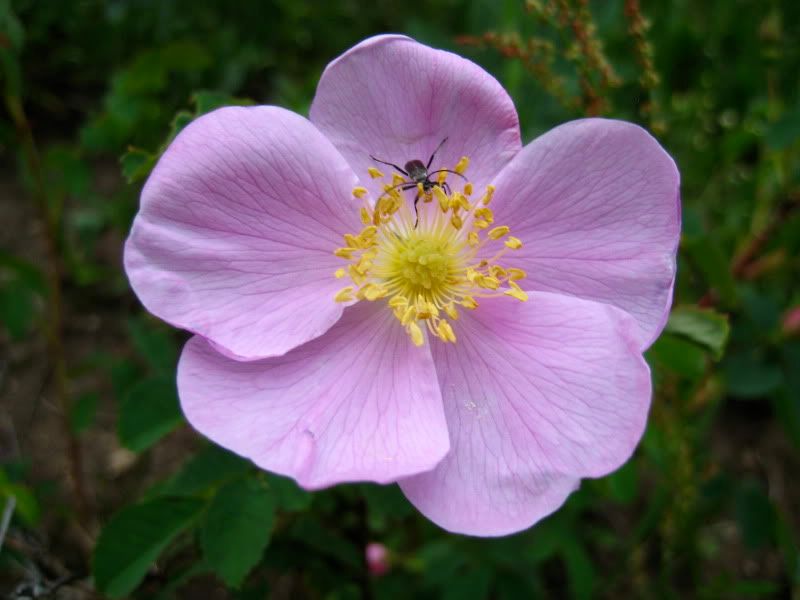 As the wildflowers bloom in Colorado’s Rocky Mountains, I find myself using my camera more and more for scenery and landscape shots. Wildflowers are one of my favorite subjects, and taking pictures of them is a great way to support the Leave No Trace principle, Leave What You Find. Considering some of the following tips will help you make the most of your next outdoor excursion.
As the wildflowers bloom in Colorado’s Rocky Mountains, I find myself using my camera more and more for scenery and landscape shots. Wildflowers are one of my favorite subjects, and taking pictures of them is a great way to support the Leave No Trace principle, Leave What You Find. Considering some of the following tips will help you make the most of your next outdoor excursion.I see the Leave No Trace logo many places. It’s a great reminder to take care of our open spaces. However, I’m been meaning to ask you for quite some time, what does the swirl mean? Does it represent something in particular? I have some ideas myself but I wanted to hear it straight from the source.
Thank you for your insight!
Sincerely,
Thoughtful Naturalist
Dear Thoughtful Naturalist,
Thank you fo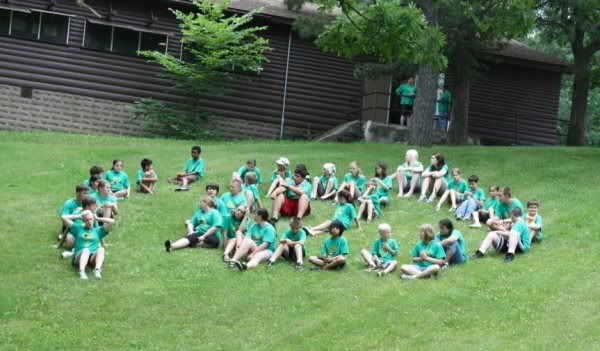 r your email! We are glad to hear the logo is becoming more recognizable and that it evokes a positive response. Many people have discussed the significance of the swirl over the years and here are some of our favorite theories:
r your email! We are glad to hear the logo is becoming more recognizable and that it evokes a positive response. Many people have discussed the significance of the swirl over the years and here are some of our favorite theories:
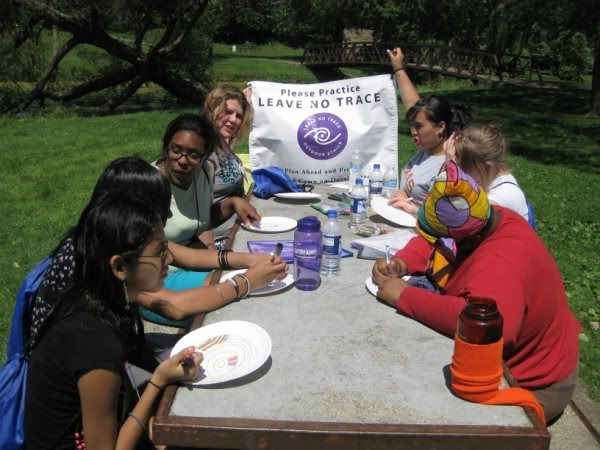 The lines are the flames of a small, contained campfire (the dot). Fire safety and management is one facet of Leave No Trace and speaks to minimizing impact in general.
The lines are the flames of a small, contained campfire (the dot). Fire safety and management is one facet of Leave No Trace and speaks to minimizing impact in general. In summary, there is no “one” explanation for what the Leave No Trace logo with the exception that it symbolizes what responsible recreation means to YOU. More importantly, it evokes thought, discussion and eventually action that have a future generation effect on conservation and environmental stewardship.
Thank you for your support!
Sincerely,
Education Department


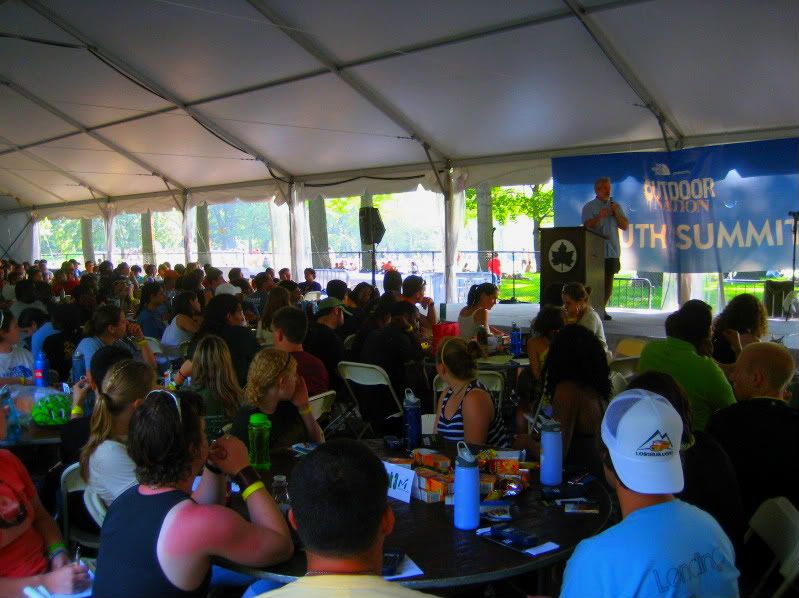




 For the 4th of July weekend we met up with previous Traveling Trainers, Alexis Ollar and Topher Marlatt at the 20th annual High Sierra Music Festival in Quincy, California. We hosted the 2nd annual Red, White, Blue, and Green Campsite Challenge encouraging festival goers to consider the seven principles of Leave No Trace while camping at the festival. We had a number of entries and in the picture above the judge, Jonathan Gelbard, Agata, and Alexis contemplate the entries.
For the 4th of July weekend we met up with previous Traveling Trainers, Alexis Ollar and Topher Marlatt at the 20th annual High Sierra Music Festival in Quincy, California. We hosted the 2nd annual Red, White, Blue, and Green Campsite Challenge encouraging festival goers to consider the seven principles of Leave No Trace while camping at the festival. We had a number of entries and in the picture above the judge, Jonathan Gelbard, Agata, and Alexis contemplate the entries.




 On Saturday June 26th we were invited to teach about Leave No Trace and share free educational activities and information at the Radio Disney Safety Safari in Tigard, Oregon. The photo above drops in on the conversation between our Leave No Trace state advocate Georgia Bosse and some young folks learning about minimum impact outdoor recreation techniques focused on establishing a responsible campsite.
On Saturday June 26th we were invited to teach about Leave No Trace and share free educational activities and information at the Radio Disney Safety Safari in Tigard, Oregon. The photo above drops in on the conversation between our Leave No Trace state advocate Georgia Bosse and some young folks learning about minimum impact outdoor recreation techniques focused on establishing a responsible campsite.